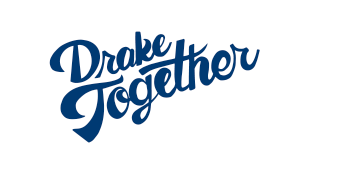 Spill Kit Spill Kit
Make sure a spill kit is accessible for your lab. Look in your spill kit. Does it contain adequate quantities of floor dry material or absorbent pads?
If you have user knowledge of a spilled material and are aware that no significant hazards are present and you have the appropriate materials and training, you can clean up the spill.
If you don’t have user knowledge of the spilled materials you will need to consult the Safety Data Sheet for proper spill clean-up procedures. Please contact Public Safety at 271-2222 if you do not feel comfortable cleaning up the spill on your own.
If you are using a floor dry spill kit, first place an absorbent barrier around the spilled material. Use tongs to remove any broken glass from the liquid. If dry and possible remove the waste tag from the bottle to keep for later use. Place all broken glass into the laboratory broken class collection container. Slowly work from the outside in placing floor dry onto the spilled material. Ensuring complete coverage of the liquid. Wait a few minutes to allow all liquid to be absorbed. Slowly mix the floor dry and sweep up the material. Put the used floor dry into a plastic bag.
If you are using an absorbent pad spill kit, first place a spill sock around the spilled material. Use tongs to remove any broken glass from the liquid. If dry and possible remove the waste tag from the bottle to keep for later use. Place all broken glass into the laboratory broken class collection container. Next, Set the Universal spill pads on the liquid and wait a few minutes for the chemicals to absorb. Once that is done begin removing the universal spill pads and wipe up any residual remaining. Place the used spill pads into a plastic bag. Unused materials may be placed back into the spill kit. Give the area a final wipe down with paper towels and water. Place the used paper towel into the plastic bag.
Regardless of the spill kit used place the waste label on the plastic bag, Mark it as spill clean-up materials and contact your lab supervisor or EHS for disposal and to restock the spill kit for future uses.
Next
|

 Flammable Liquids
Flammable Liquids First Aid Kit
First Aid Kit Safety Shower
Safety Shower Fire Extinguisher
Fire Extinguisher Eyewash Stations
Eyewash Stations
 Spill Kit
Spill Kit
